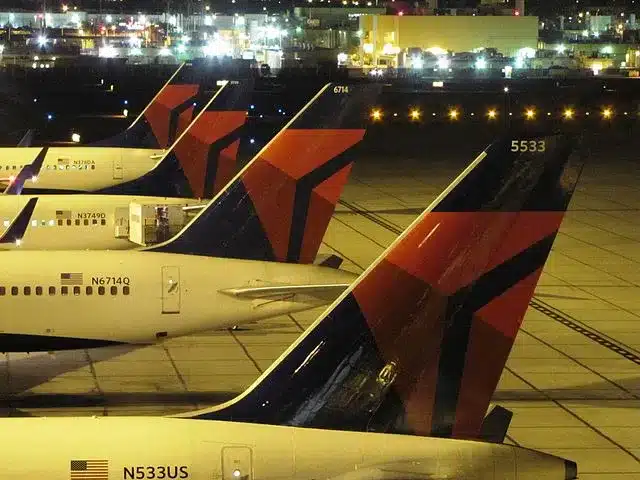Ground effect and the reality of Aerodynamics
For this article on Ground effect, let’s try to be a little ground-breaking.
Let’s rephrase the definition so that the practical results of ground proximity may help our understanding. You can find the definition elsewhere, but here’s the WT official definition of Ground Effect
Aerodynamic Ground Effect – is the name given to additional lift being imparted on the Underwing sections of an aircraft (or helicopter) as experienced by the pilots as they approach the ground.
Ground effect is just that, an effect. That is felt.
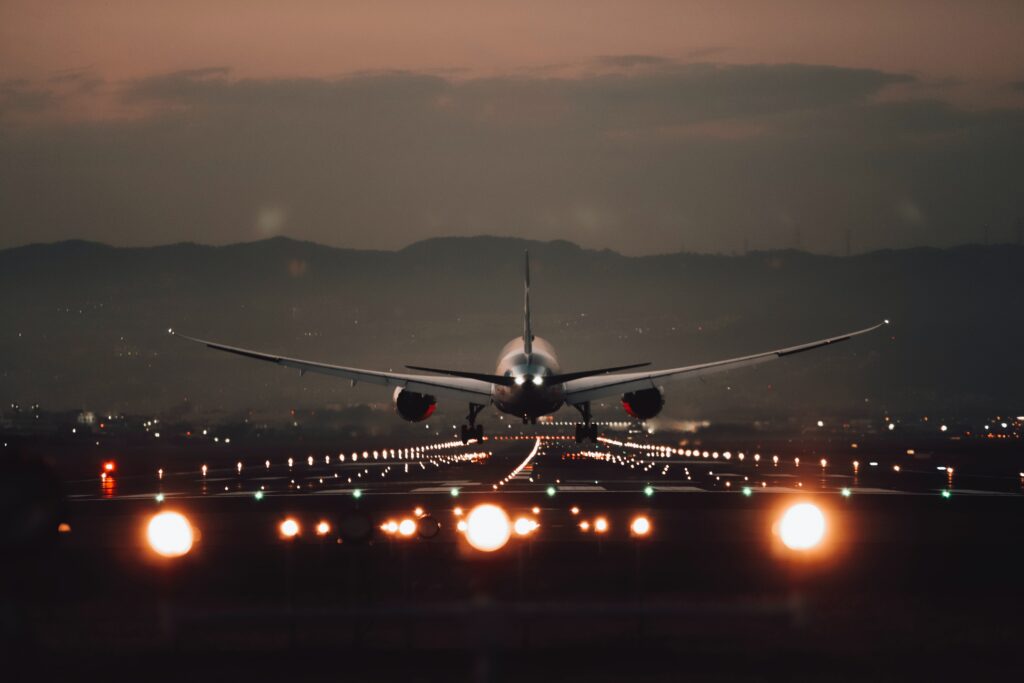
And this effect, while a positive one in terms of the lift pressure created, is a negative drag effect when trying to land an aircraft. What is happening is that the normal “rules” associated with aerodynamics (such as lift, drag and pressure across the wings) change when terra firma and your aircraft are just a few meters apart.
The Ground Effect
Yes, we use too many F1 analogies. We know. But there’s a reason here and that reason is Aerodynamics. In the 1980’s a Formula One team created a “skirt” around the floor of an F1 car. The result would be the car “sticking” to the road.
This made it faster. In motorsport this is commonly known as Downforce. In aviation we call it the Ground effect.
We will deal primarily with Fixed wing aircraft so apologies to the whirly bird connoisseurs out there. But the aerodynamic forces are the same. Except, helicopter pilots experience ground effects differently and have unique countermeasures.
So what happens exactly ?
As the pilot approaches the runway, air speed decreases, and the air density increases across the wingspan. The increased density means less air is passing over the top surface of the wing which causes it to stall. As the wing stalls, the angle of attack increases causing the airflow to move away from the wingtips.
This creates a vacuum between the wingtip and the ground which sucks the wing into the ground. Thus, creating a significant increase in the lift force.
Wings and Downforce
Sometimes pilots are bested by ground effects and these events make good examples. Because we should never fail to learn from valuable (or expensive) lessons. When an aircraft comes in to land, it brings along all the aerodynamic effects that keep it in the air.
Air vortices – like an invisible aura – are being displaced by the wings. They stay in that spot for a few minutes after the aircraft has moved down range.
Therefore, aircraft are staggered and separated for landing. And this is also why you don’t want to get too close to an A380 vortices in your Cessna 172. A wide-body aircraft’s center of pressure will remain in a vacated area for 4 or 5 minutes after its gone.
And that area will still be reeling from the vortices. More critically, when close to the ground (for take-off or landing) the aircraft creates more drag and a bigger Ground effect. An aircraft is difficult to control when the Flaps, Slats, aerobrakes are all hanging out and the landing gear is fully extended.
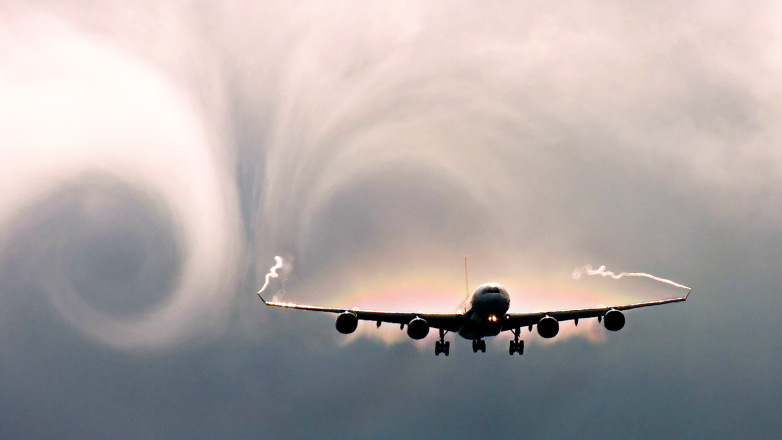
Upwash & Downwash
Just ask any pilot. When the aircraft crosses the threshold, and the pilot considers when to flare (nose up to allow the main landing to touch first) there will be a direct effect on the lift. This is because there is now both an UPWASH and a DOWNWASH of air beneath the wing because of the vortices effecting the hard tarmac of the runway.
If the pilot is too “flarey” the aircraft can float down the runway on a bed of pressure. Taking too long to touch down as the ground effect pushes up on the wings.
In harsh weather, where wind adds to the effect, some pilots will go for a “positive” landing. Where they will fly onto the runway with minimal flare to combat ground effect. The results are a firmer, but more decisive touchdown. You will feel a positive landing.
The Implications of Ground effect
But don’t worry. These pilot folks are a talented bunch, who do nothing but train for these scenarios and other, far more challenging, conditions. There are sadistic flight instructors who spend their days pulling a variety of rugs from under pilots’ feet. You would report it to the Hague if it were you.
Ground effect is one of those things they do without even thinking, but they feel it and react to it.
In our fly-by-wire article we discussed how aircraft systems can assist and compensate for such transitions. In the approach and landing the FCC (flight control computer) and ECU (engine control unit) are making the necessary adjustments. All based on pilot inputs and the environmental conditions.
Aircraft Go-Around
But what about an aborted landing? Sometimes, at points prior to and after the decision height, a pilot must execute a go-around just before wheels touch down. The transition from landing to flying is tricky.
Ground effect makes the reversion back to flying tricky. If you’ve been on a missed approach, especially on a wide body aircraft, you soon won’t forget the groans and whines as the aircraft tries to fly, when it just wants to land.
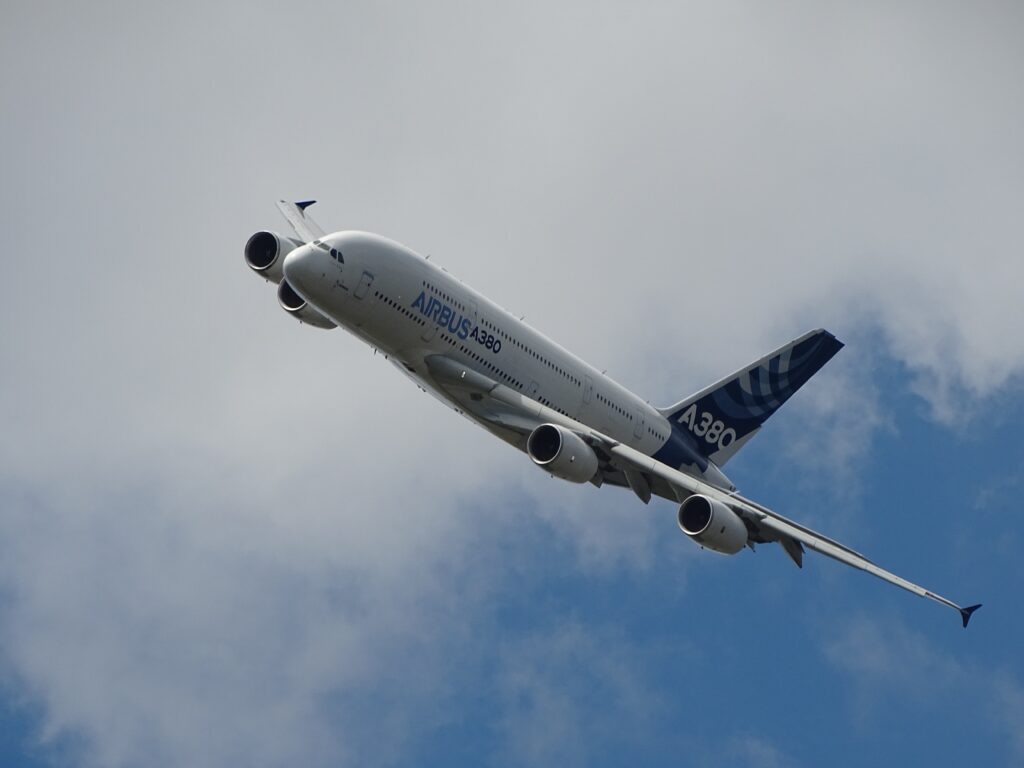
Drag History
Back in 2004 a cargo aircraft was trying to land on a runway laden with snow. Which shortened the landing distance. After touchdown, the pilots realized the deceleration wasn’t going to stop them.
So, they flipped every switch they had to try to stop the rollout. Engines on full reverse, full auto emergency braking. The lot. They still weren’t going to make it, so the captain opted for a go around.
The aircraft was quickly reconfigured for take-off. But it wasn’t enough, or at least shouldn’t have been. The aircraft became airborne thanks to the Ground Effect, but it was a false dawn. The slow take-off couldn’t sustain flight and just after ground separation the aircraft stalled and crashed into a forest a mile from the Runway.
In 2011 a G650 private jet was doing a test flight with one of the engines switched off (on purpose). This is normal for tests or experimental procedures. But what this pilot failed to do was to appreciate the difference between the ground effect on the “normal” configuration of the wings.
Both under the power of both aircraft and with one shut down. The ground effect difference was enough for him to stall the wing and crash the aircraft.
Angle of Attack
Micro downbursts are a weather phenomenon that happens in thunderstorms. A cloud can “burst”, and the full effects of the rain and wind explode downwards like a reverse atomic bomb. The rules of aerodynamics are transformed as the air flow is disrupted by these bursts.
Pilots initially feel like the aircraft wants to drop, so they compensate. But then the compensation can be too much as the downburst passes and the aircraft now wants to stall.
It’s an extremely rare occurrence but can be a frightening experience on takeoffs or landings. Ground effect is similar but in the opposite direction.
It is the air being compressed into the ground by the aircraft which has nowhere to go except back up into the wings. Like a cushion of vortices, it is both comfortable and dangerous if not handled correctly. Or if you give it too little respect.
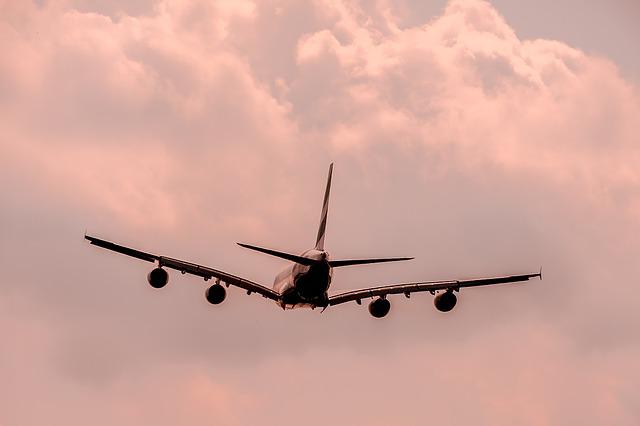
When helicopters come in to land, the ground effect is more obvious. Especially if the ground is dusty or snowy or over water. The debris reflects what the air is doing as it mushrooms in all directions.
And not just back up into the helicopter. eVTOLS will have the same problem when we have full urban mobility. Whatever the power source or combination of powerplants, the same amount of air must be displaced for the eVTOL to perform its task of taking off and landing.
Physics is the same for these new systems but how this ground effect will challenge these pilots (or automated systems) is not for us to answer. But an answer will need to be provided.


